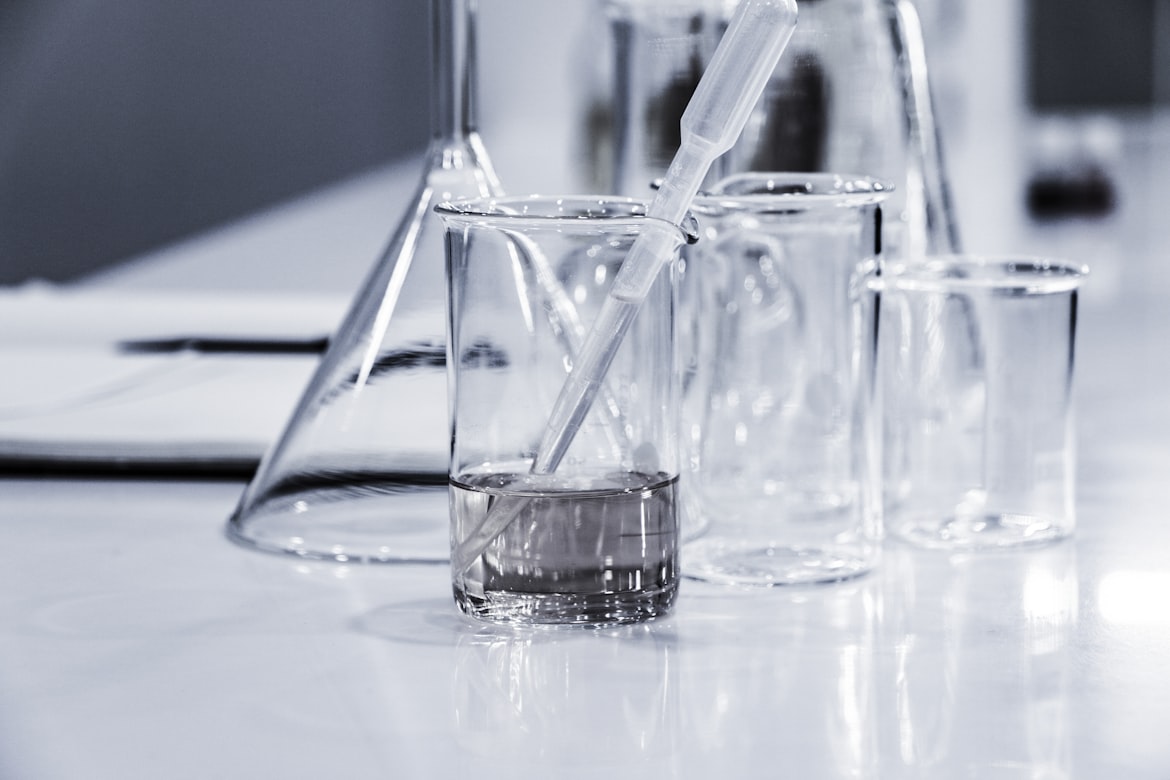The Tiny Engineers Building Life
How Molecular, Cellular, and Tissue Engineering Are Reshaping Medicine
Imagine a future where damaged hearts rebuild themselves, paralyzed limbs regain function, and failing organs are replaced not by scarce donor tissue but by lab-grown living constructs tailored to the patient.
This isn't science fiction—it's the revolutionary promise of molecular, cellular, and tissue engineering (MCTE). By merging biology, engineering, and materials science, MCTE manipulates life's fundamental components to repair, regenerate, or replace damaged tissues. Recent breakthroughs, like the discovery of a fat-filled "bubble wrap cartilage," are accelerating this future 4 8 . In this article, we explore how scientists are turning cells into engineers and why these advances could soon make chronic diseases and traumatic injuries a thing of the past.
The MCTE Trinity: Molecules, Cells, and Scaffolds
Molecular Engineering
Designing biomolecules (e.g., growth factors, DNA) to direct cell behavior. Gene-editing tools like CRISPR allow precise modifications to stem cells, enhancing their regenerative potential 1 .
Cellular Engineering
Reprogramming cells—especially stem cells—to perform specific tasks. Techniques include creating "engineered stem cells" with boosted healing capabilities 1 .
Recent Breakthroughs Accelerating the Field

Stem Cell Maturation
Researchers overcame a major hurdle in liver tissue engineering by using 3D microtissues to transform immature stem cell-derived liver cells (iHeps) into functional adult-like cells. Key to success was sequential coating with embryonic fibroblasts and liver endothelial cells—a "cellular mentorship" approach 1 .

Lipocartilage—Nature's Bubble Wrap
A landmark 2025 study revealed a novel skeletal tissue in mammalian ears and noses. Lipocartilage contains fat-filled lipochondrocytes that act like internal bubble wrap, providing unparalleled stability and elasticity. Unlike regular fat cells, these lipid reservoirs never shrink or expand, making them ideal for facial reconstruction 4 6 8 .

Injectable Hydrogels
Biomimetic hydrogels serve as temporary scaffolds for stem cells, delivering growth factors and structural support directly to injury sites 1 .
In-Depth Look at a Key Experiment: Cracking the Liver Maturation Code
Background
Stem cell-derived liver cells (iHeps) often remain stuck in an immature state, limiting their use in drug testing or transplants. A 2024 study aimed to solve this using 3D microtissue engineering 1 .
Methodology: A Step-by-Step Approach
Experimental Process
- Droplet Encapsulation: iHeps were packed into collagen gel droplets (~250 μm diameter) using microfluidics.
- Cellular "Coaching": Droplets were coated with non-parenchymal cells (NPCs) in sequential order.
- Biochemical Triggers: Tissues were exposed to stromal-derived factor-1 alpha (SDF-1α).
- Analysis: Maturity was assessed via gene expression profiling and functional tests.
Experimental Groups
| Group | Cell Composition | Application Sequence |
|---|---|---|
| Control | iHeps alone | N/A |
| Fibroblast-only | iHeps + embryonic fibroblasts | Simultaneous |
| LSEC-only | iHeps + liver endothelial cells | Simultaneous |
| Optimal Group | iHeps + fibroblasts + LSECs | Sequential (fibroblasts first) |
Results and Analysis
- Sequential Coating Was Critical Key Finding
- iHeps matured fully only when fibroblasts were added before LSECs.
- This order mimicked natural liver development.
- Key Players Identified Key Finding
- Fibroblasts produced structural support.
- LSECs supplied maturation signals.
- SDF-1α emerged as a vital enhancer.
Functional Maturity of iHep Microtissues
| Metric | Control iHeps | Fibroblast+LSEC iHeps | Adult Human Liver |
|---|---|---|---|
| Albumin Production | Low | 8-fold increase | High |
| Toxin Clearance | 20% efficiency | 85% efficiency | 90-95% efficiency |
| Gene Expression | Fetal-like | Adult-like | Adult-like |
This experiment proved that cellular interactions and biochemical sequencing are as important as the cells themselves. The platform now enables high-throughput drug testing and personalized liver disease modeling 1 .
The Scientist's Toolkit: Essential Reagents in MCTE
Gene Editing
CRISPR-Cas9
Gene editing; modifies DNA sequences in stem cells.
Example: Creating disease-resistant engineered tissues 1 .
Scaffolds
Injectable Hydrogels
Biomimetic scaffolds that provide structural support and release growth factors.
Example: Delivering stem cells to heart injury sites 1 .
Helper Cells
Non-Parenchymal Cells (NPCs)
"Helper" cells that guide stem cell maturation via signaling.
Example: Maturation of liver microtissues (e.g., LSECs) 1 .
The Future: From Lab to Clinic
Personalized Organs
Projects like the "hepatic-placenta organ-tandem on a chip" use patient-derived cells to model drug responses, reducing animal testing 1 .
Aging Reversal
Techniques like blood apheresis and CRISPR therapies are entering trials for age-related degeneration 7 .
Conclusion: Engineering the Impossible
Molecular, cellular, and tissue engineering has moved beyond theoretical promise into a transformative force in medicine. By decoding nature's blueprints—from the lipid-stabilized marvel of lipocartilage to the sequential signaling of liver development—scientists are building a future where tissues self-repair and organs are printed on demand. As these tiny engineers rewrite medicine, the line between biology and technology blurs, heralding an era where the body's healing potential is limited only by our imagination.
Key Facts
MCTE Applications
Current research focus areas in molecular, cellular, and tissue engineering.